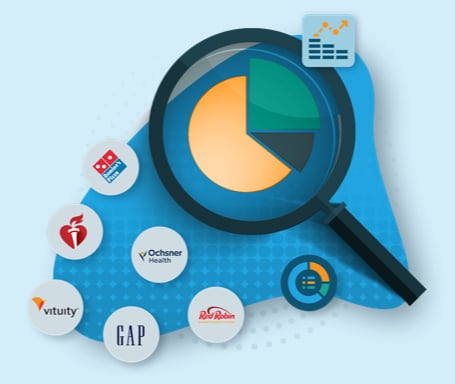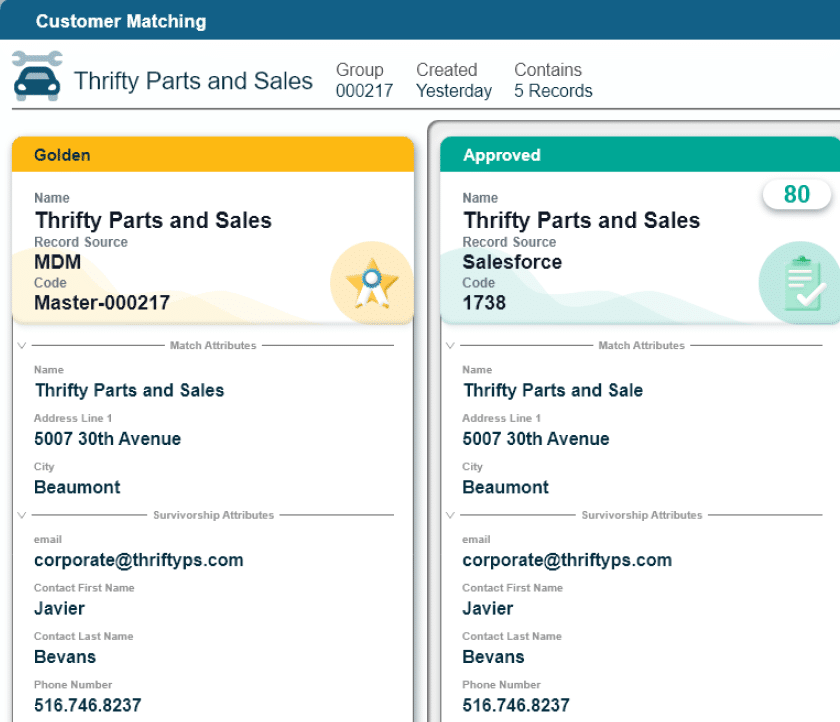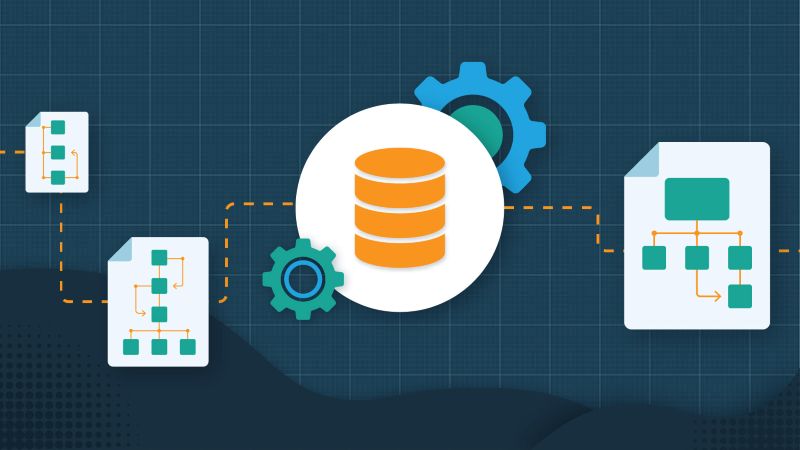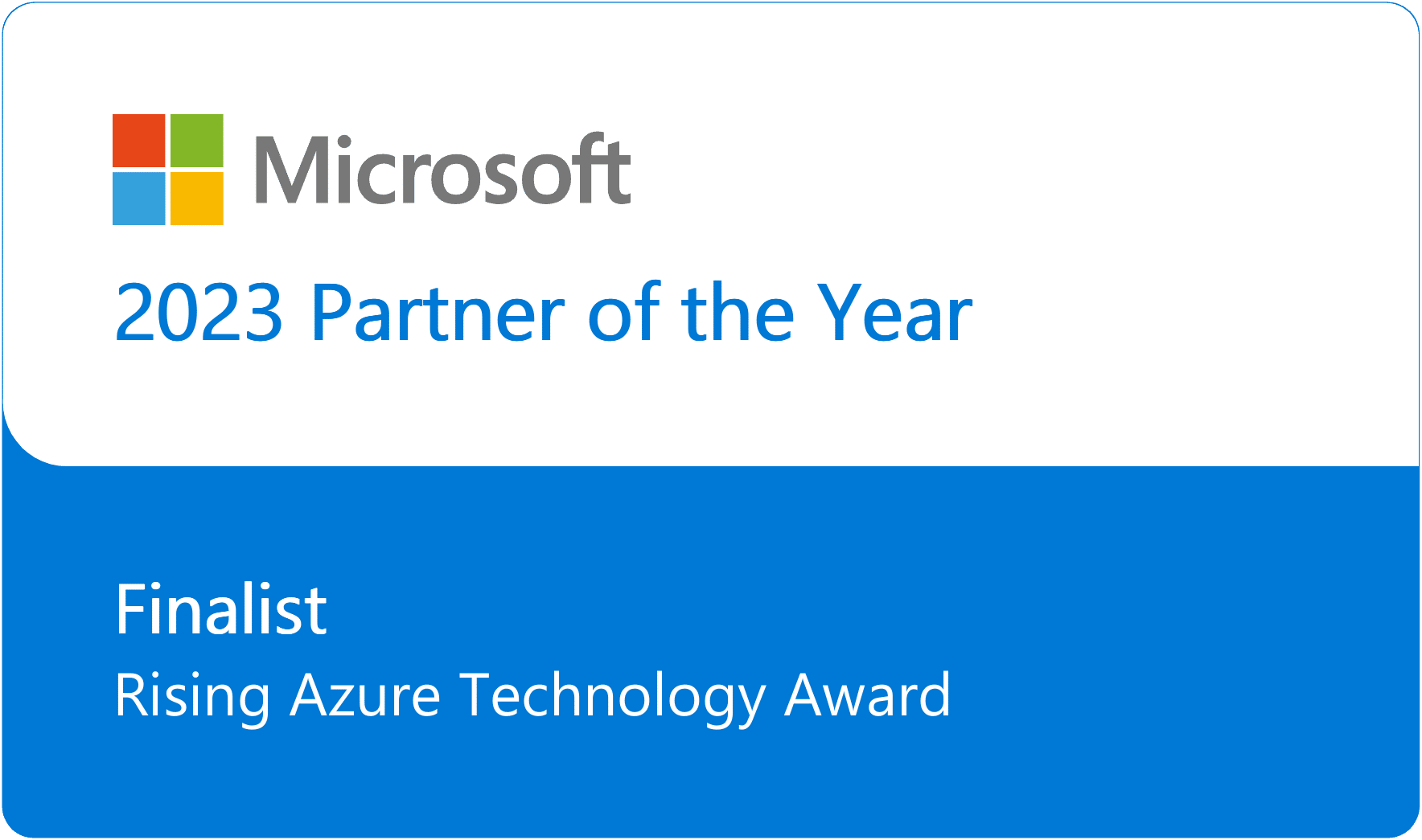In this three-part blog series, we dive into each component of the Definitive Guide to MDM Strategy. See the individual parts below:
6 key pillars for a successful MDM implementation:
As your organization gets started with MDM, there are numerous questions you need to ask and answer. For instance, you need to determine the business problem you’re trying to solve and how you will measure success in order to build a thoughtful program strategy. There are also several pillars of success you need to cover, such as governance, processes and standards, to name a few, to lay the foundation for a successful program.
But one of the questions that most challenges organizations first starting out with MDM is: Who needs to be involved?
Answering this question requires you to identify both the roles you must fill and who will fill them. And it’s absolutely critical to go through this exercise as part of your MDM planning, as you need a team together from the very beginning to ensure your MDM program runs smoothly.
So who does need to be involved in your MDM program? Start with these six roles:
Executive Sponsor
First comes your executive sponsor, as your program needs to have someone within the organization who will champion the project. There are two options for securing an executive sponsor for your MDM program:- On the one hand, you can go to one of your organization’s executives, including your CEO. This high level route is the best option if you plan to make MDM a part of your core corporate strategy, in which case it will ultimately affect every department within your organization.
- On the other hand, you can find a project manager who is not necessarily a C-level executive. This option is best if you plan to implement data management for one department and need a sponsor high enough in the organization to get buy-in from the right set of people within the purview of that department.
Technical Team
Once you get the right executive sponsor and/or MDM project manager in place, the next roles you need to fill are on the technical team. These are the folks who actually use the MDM technology, and there’s a pretty wide range of skill sets this team typically requires, including a lower-level system administrator all the way up to someone who can configure the application. The good news is that the technology space has evolved to the point where it’s become much easier to configure an entire solution out of the box. As a result, the administration and configuration of the platform has become far easier and is often something in which the technical team can become proficient in a matter of weeks or even days. Once you cover the initial configuration, there are several roles you need to fill to build out your technical team, including:- Database administrator (DBA) or system administrator: Someone who can stand up the server or cloud environment on which you will host your MDM technology. This is typically a part-time role.
- Developers: Advanced users who can implement more complex parts of your MDM solution by customizing or building user interfaces.
- Integration resources: Resources who can stand up integrations between your MDM system and any related technologies. These users may be a permanent part of the team or you might just bring them in for parts of the project that require heavy integration work.
- Core MDM technologists: The experts on your MDM platform who will have permanent involvement in your program, although you may have part-time MDM technologists if your program has a small scope. In some cases, organizations that are growing their MDM program beyond their first department will introduce a few individuals to the team that are dedicated full-time to the MDM program. And in other cases, very large organizations will have separate data management teams (who may or may not work on the same instance of the MDM technology) that are responsible for coordinating resources and processes.
Subject Matter Expert
Next we have the role of subject matter expert, which is usually a business analyst in the IT group or someone who works closely in a lead role in the business area. Your subject matter expert could also be your project manager, since that person is often an invested program sponsor from the business who understands the problem you’re trying to solve. In larger organizations, the subject matter expert is typically a separate person, though, and that person is usually a business analyst who really understands the value of driving the organization to define (and solve) key problems. Whoever you go with for your subject matter expert, this role is responsible for business modeling and process modeling as well as communicating those efforts back to the business. When your subject matter expert is also your project manager, that person may also help define processes.Data Architects
After the subject matter expert comes the role of data architect, or someone who focuses on managing the broad ecosystem of data across the enterprise. Larger organizations typically have an entire team of data architects (sometimes known as information architects). Data architects are helpful for understanding where data lives and defining the standards to which your MDM program should adhere. For some organizations, data architects might also help drive change for certain organizational policies or standards in order to achieve specific data management requirements.Data Stewards
The next role to fill as you launch your MDM program is that of data steward. The data stewards are the folks who handle the day-to-day management of your data and are typically culled from your end users. Unfortunately, filling the data steward role is often something that organizations save for last. When this happens, it’s typically because the organization has struggled to get their users to buy-in to the program. Getting this buy-in — and participation in managing the data from a stewardship perspective as a result — comes down to getting the right executive sponsor in place from the beginning. With the right executive sponsor, you can sell the business case to your people and bring accountability to users. In turn, that accountability should lead to a willingness (and perhaps even an eagerness) to help manage data and act as a data steward. The most successful MDM programs include the end user audience and identify data stewards from the very beginning of the project. As a result of getting these users’ voices in the mix, you can better understand what data looks like in your organization’s day-to-day operations, including how people are really using the data. It also allows you to have more informed discussions about what changes are necessary. Furthermore, when those individuals can help design their own working experience by participating in setting data quality standards and designing processes and forms, you’ll see much more excitement about and willingness to adopt the new solution. That’s because they’ve not only played a role in shaping the change, but they’ve also seen how the MDM program can eliminate the pain points they face currently to improve their day-to-day jobs. In general, the more you can democratize your MDM program, the better. With all of that in mind, one of the worst things you can do is hire externally for data stewards. If you have a very large organization, you might need to hire someone to manage matching policies and address verification strategies or handle the types of broad efforts that affect the overarching business, but those are niche cases. In most instances, your data stewards should be your end users — the people across your organization who touch small portions of data through forms and/or processes. Culling from your internal users to find your data stewards can also help alleviate any concerns about budget to hire new people to fill key roles for your MDM program. While you can certainly use your business problem, solution and expected success metrics to make the case for bringing on additional headcount, it’s important to remember that some of your most valuable MDM resources already exist within your organization. Finally, if you do ask existing users to be involved in your MDM program, remember that even though they are taking on additional work to start, the value that your MDM program delivers should lead to time savings that free those users to focus more on value-add tasks like selling more or using data to better manage products. At the end of the day, if you have a strong and well-executed strategy and the right technology in place, your MDM program should lower the amount of time that the overall organization has to spend managing data quality and processes, even for users involved in the MDM program as data stewards.Governance
Finally, we have governance roles. And governance brings us back to the pillars of a successful MDM strategy, since governance is one of the first matters you need to determine when outlining your strategy. You need governance because MDM is a strategy, not a fixed plan. Your governance council should help keep your strategy on track by ensuring that as the needs of the business change, your data management policies change alongside them. As a result, it’s effective governance that really keeps your MDM program meaningful over time and helps manage change. Your governance council should include representatives from all of the various roles discussed above. That group should meet at least weekly to discuss the processes you have in place, make decisions about how to handle data and debate any new questions or needs that arise. By having the right representatives on your governance council, a lot of the decisions that need to get made can be done easily within the context of your strategic framework. And hopefully, even if your MDM program is only a small departmental solution, you will create a governance council that looks at the organization as a whole and can really manage data governance across the company. Beyond your internal team, it’s also a good idea to keep a representative from your MDM consulting or implementation partner involved in your governance council. Having this partner on your governance council is valuable because they should have significant experience implementing MDM programs across different domains and industries. They can also bring to the table unique insight into your MDM technology’s product roadmap and provide visibility into what others in your industry are trying to do with certain datasets. Altogether, this experience allows them to contribute to your governance council in a very meaningful way. And this contribution from your partner should continue beyond your program implementation, even as your organization moves into the MDM maturity phase and introduces new releases. It’s valuable to keep your MDM partner in the loop long term because if you implement a good MDM solution, it should grow with your business, and that means your technology needs and requirements will change over time.Getting the Right People in Place to Manage Your MDM Program
Now that we’ve reviewed the different roles across the organization that you need to manage your MDM program, it’s important to recognize that the same person can fill a number of these roles as long as it fits their skill set and they can perform them across your organization. The bottom line is that it’s essential to make sure you have all these roles in place and confirm that they’re all getting done by someone. You can’t simply kick off your MDM program and just ignore some of these roles or hope they will fall into place as you move forward. When you do that, your program will struggle, because if you’re not managing your process and managing your change, then it will manage you, and that’s when you get unintended results.
Eric Melcher
Eric has spent the entirety of his 15+ year career working in the enterprise information management space. As Chief Technology Officer, Eric is responsible for all aspects of product management, development and support for Profisee’s software portfolio.















